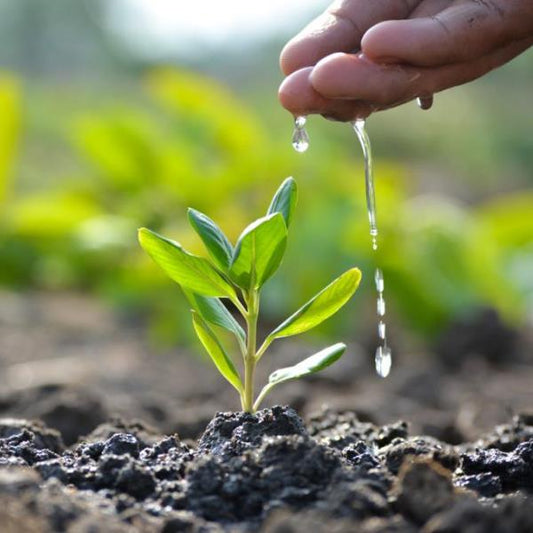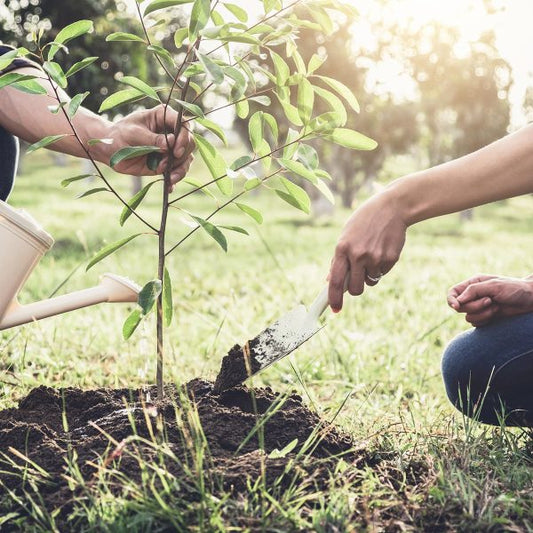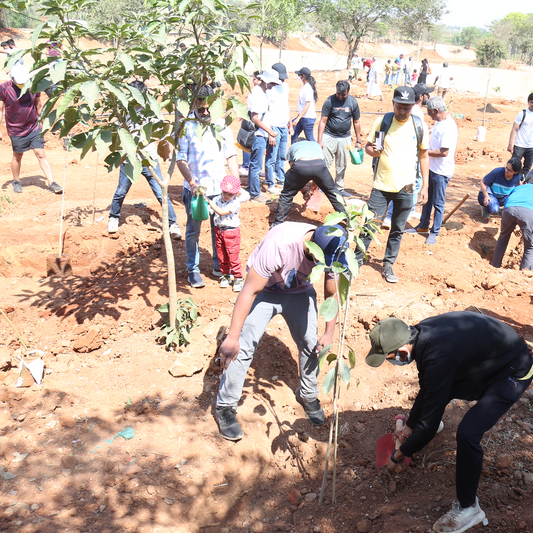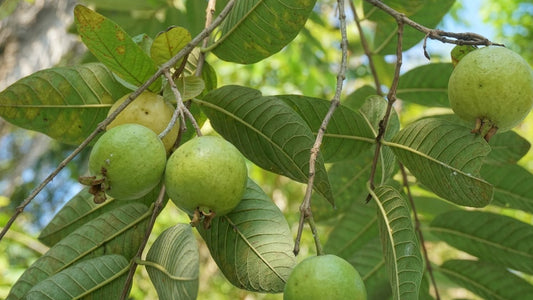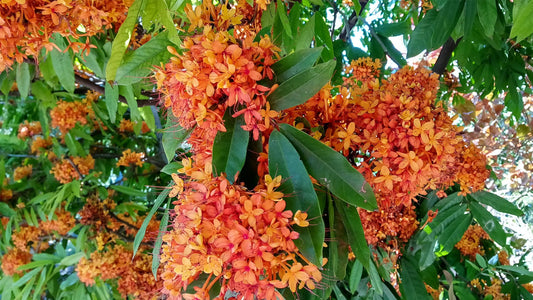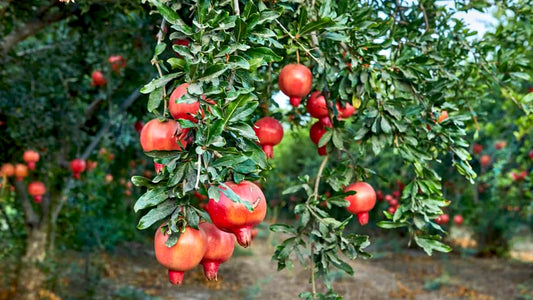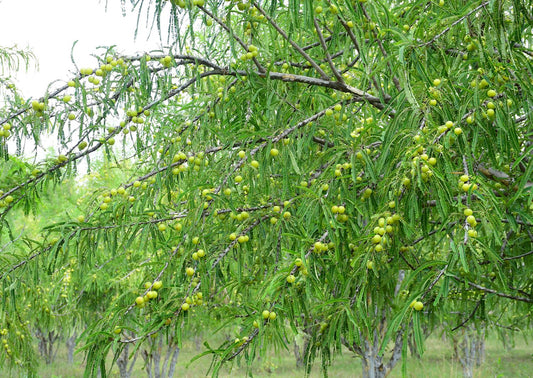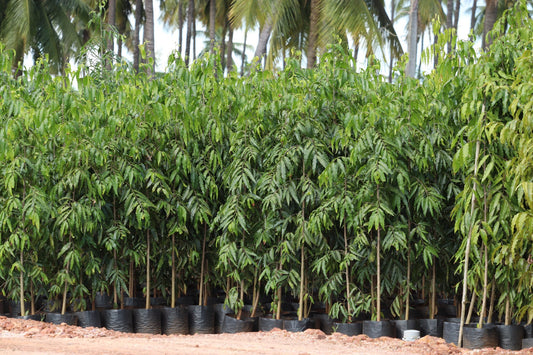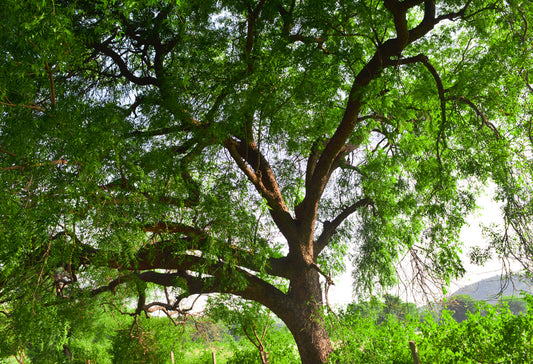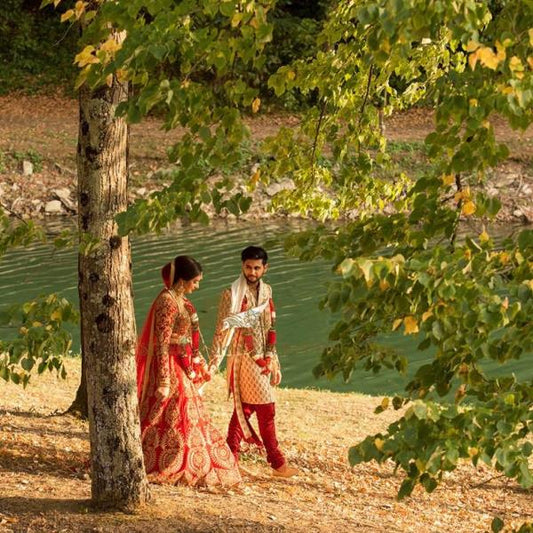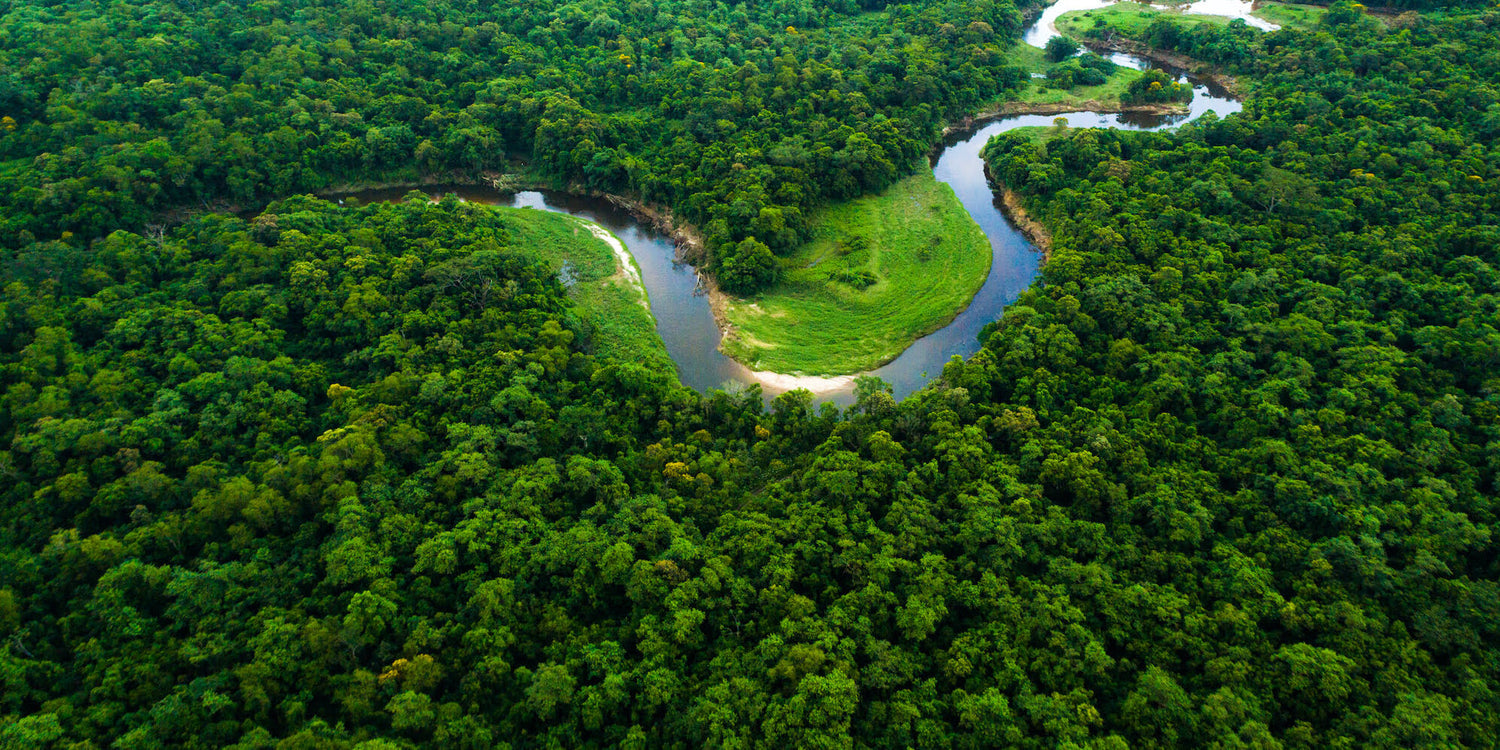
Best trees to grow near Delhi NCR
Delhi NCR, with its unique climate and rich biodiversity, offers an ideal environment for a variety of tree species. Whether you're looking to enhanc Read more
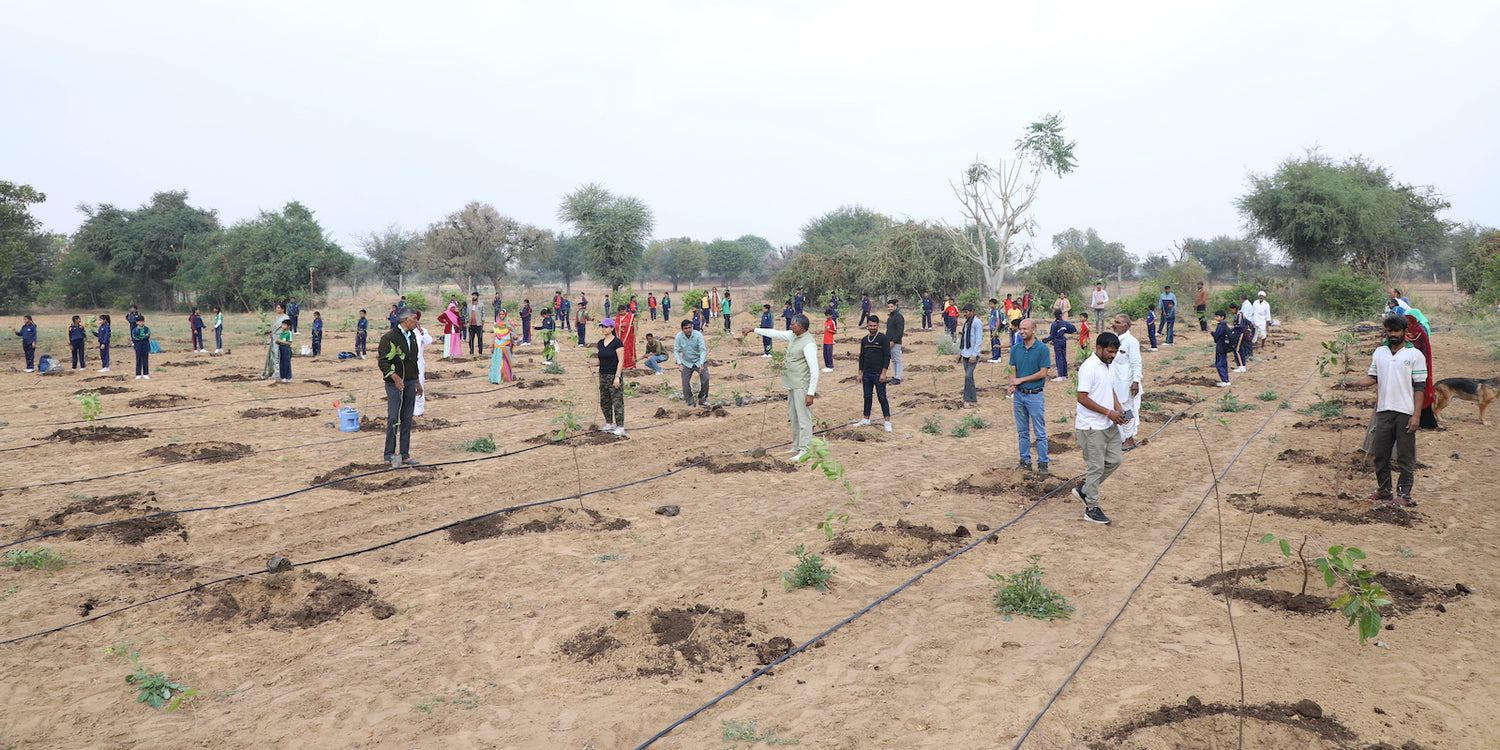
Connect with us
-
👥 Corporates
If you are looking for:
- 🌲 Tree Plantation Events
- 📊 CSR Projects
📧 corporate@growbilliontrees.com
📞 +91 9699723523
💬 WhatsApp (Only): +91 9370599291
🕒 Mon - Sat | 10am - 7pm IST
-
🧩 Tree Plantation NGOs
If you are looking for:
- 💰 Financial Assistance
- 🤝 Operational Support
📧 support@growbilliontrees.com
📞 +91 9699723523
💬 WhatsApp (Only): +91 9370599291
🕒 Mon - Sat | 10am - 7pm IST
-
🌼 Individuals
If you are looking for:
- 👥 Group Tree Plantation Drive
- 🌳 Bulk Tree Plantation
📞 +91 9699723523
💬 WhatsApp (Only): +91 9370599291
🕒 Mon - Sat | 10am - 7pm IST
Plantation Gallery
Trending
-
Trees for Mother
4.55 / 5.0
(148) 148 total reviews
Regular price From ₹ 299Regular priceUnit price / per -
Trees for Grandmother
4.56 / 5.0
(98) 98 total reviews
Regular price From ₹ 299Regular priceUnit price / per -
Trees for Birthday Celebration
4.55 / 5.0
(268) 268 total reviews
Regular price From ₹ 299Regular priceUnit price / per -
Trees for Wedding Anniversary Celebration
4.58 / 5.0
(194) 194 total reviews
Regular price From ₹ 299Regular priceUnit price / per -
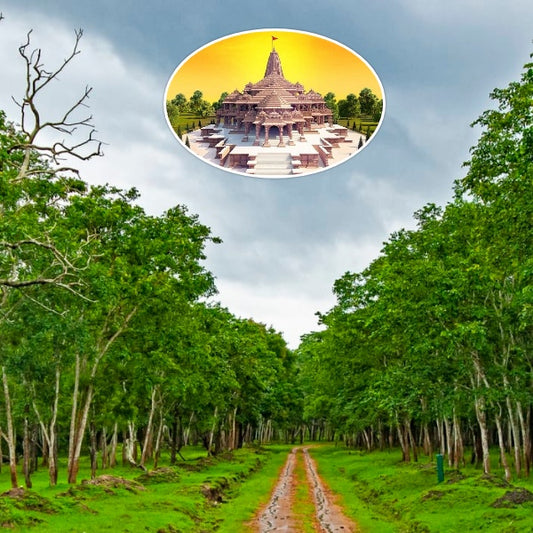 Project Closed
Project ClosedTrees for Shree Ram in Ayodhya Ji
4.7 / 5.0
(139) 139 total reviews
Regular price From ₹ 501Regular priceUnit price / per
Trees for Corporates
-
Trees for Employee Engagement
4.72 / 5.0
(40) 40 total reviews
Regular price From ₹ 49,950Regular priceUnit price / per -
Trees for Employees
4.46 / 5.0
(56) 56 total reviews
Regular price From ₹ 299Regular priceUnit price / per -
Trees for Clients
4.59 / 5.0
(68) 68 total reviews
Regular price From ₹ 299Regular priceUnit price / per -
Trees for Colleagues
4.45 / 5.0
(56) 56 total reviews
Regular price From ₹ 299Regular priceUnit price / per -
Trees for Farmers
4.59 / 5.0
(34) 34 total reviews
Regular price From ₹ 299Regular priceUnit price / per
Best trees to grow near Delhi NCR
Delhi NCR, with its unique climate and rich biodiversity, offers an ideal environment for a variety of tree species. Whether you're looking to enhance local biodiversity or contribute to agroforestry, planting the right trees can make a significant impact. Here, we highlight some of the best native and fruit trees suited for the Delhi NCR region.
The Best Native Trees for Delhi NCR
-
Neem (Azadirachta indica) : Known as the 'village pharmacy', Neem trees offer multiple benefits. Their leaves, bark, and seeds are used for medicinal purposes. Moreover, they attract a variety of birds with their blossoms, providing a source of food and shelter.
-
Pilkhan (Ficus virens): A large, evergreen tree, Pilkhan offers dense shade and is a preferred nesting site for birds. It also helps in improving air quality and reducing pollution.
-
Arjun (Terminalia arjuna) : Arjun trees are known for their strong wood and medicinal bark. They provide shade and attract various birds and insects, making them an excellent choice for biodiversity.
-
Mahua (Madhuca longifolia) : Mahua trees are valued for their edible flowers and seeds. They attract a variety of birds and insects, contributing to the local ecosystem's health.
-
Kachnar (Bauhinia variegata) : Known for its beautiful pink and white flowers, Kachnar trees attract butterflies and birds. The young leaves and flowers are also edible and have medicinal properties.
-
Amaltas (Cassia fistula):
Amaltas, or Golden Shower Tree, is known for its vibrant yellow flowers and can tolerate Delhi NCR's hot and dry climate. It attracts pollinators and adds aesthetic value to Miyawaki forests. -
Indian Rosewood (Dalbergia sissoo):
Indian Rosewood, or Sheesham, is a fast-growing tree native to the Indian subcontinent. It's well-suited for Miyawaki forests due to its ability to thrive in Delhi NCR's climate and its valuable timber.
5 Best Fruit Trees for Agroforestry
-
Mango (Mangifera indica) : Mango trees not only produce delicious fruits but also offer shade and enhance soil fertility. They are excellent for agroforestry, providing multiple benefits to farmers.
-
Guava (Psidium guajava) : Guava trees are easy to grow and produce high yields of nutritious fruits. They can be integrated into agroforestry systems, providing both food and shade.
-
Pomegranate (Punica granatum) : Pomegranate trees are drought-tolerant and produce antioxidant-rich fruits. They can be grown alongside other crops, making them suitable for agroforestry.
-
Amla (Phyllanthus emblica) : Amla trees are highly valued for their vitamin C-rich fruits. They are well-suited for agroforestry systems, providing both nutritional and medicinal benefits.
-
Jamun (Syzygium cumini) : Apart from being native and beneficial for biodiversity, Jamun trees produce tasty fruits that are rich in nutrients. They can be integrated into agroforestry systems for added benefits.
Planting these trees in the Delhi NCR region can contribute to enhancing local biodiversity, providing habitat and food for animals, birds, and insects. Moreover, integrating fruit trees into agroforestry systems can help farmers diversify their income sources while promoting sustainable agriculture.
In the endeavor to enrich Delhi's cityscape with native trees, organizations like Grow Billion Trees play a pivotal role. By collaborating with NGOs, corporates, and leveraging technology, Grow Billion Trees optimizes, organizes, and monitors tree plantation activities, ensuring a sustainable and greener future for Delhi.
In conclusion, the plantation of native trees near Delhi not only beautifies the cityscape but also contributes to environmental conservation and sustainable urban development. With initiatives like GrowBillionTrees driving tree plantation efforts, Delhi can aspire to be a greener and healthier city for generations to come.
Top Trees Planted
View allNative Trees in Delhi NCR
Native trees like Neem, Jamun, and Pilkhan are well-suited to Delhi NCR's climate and soil. These trees support local biodiversity, require less maintenance, and are more resilient to local pests and diseases.
Drought-Resistant Trees
Trees like Neem, Jamun, and Pomegranate are drought-resistant once established. Their deep roots allow them to access water from deeper soil layers, making them suitable for Delhi NCR's semi-arid climate.
Fruit Trees for Agroforestry
Fruit trees such as Mango, Guava, and Pomegranate are excellent choices for agroforestry. They provide nutritious fruits, improve soil fertility, and can be integrated with other crops to create a sustainable farming system.
Tree Plantation in Delhi NCR
Planting trees in Delhi NCR helps combat air pollution, enhance local biodiversity, and create green spaces for the community. Native and fruit trees are particularly beneficial for their environmental and socio-economic advantages.
Rooftop Gardening with Trees
Smaller fruit trees like Guava and Amla can be grown in rooftop gardens, providing fresh fruits while enhancing the urban greenery. Proper care and maintenance are essential to ensure the trees thrive in this unique environment.
Benefits of Trees in Urban Areas
Trees in urban areas offer a range of benefits, including improved air quality, reduced heat island effect, noise reduction, and enhanced aesthetic appeal. Native and fruit trees play a crucial role in creating sustainable and livable cities.
You may like
-
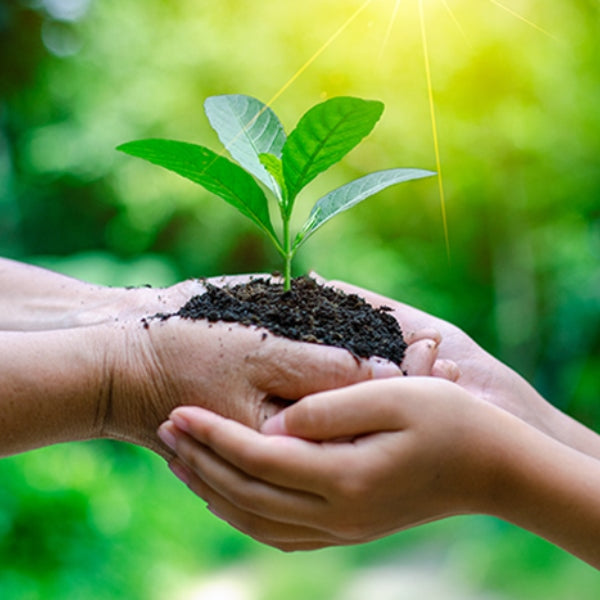
Gift a Tree
"Gift a Tree" is a concept where you can purchase and dedicate...
-

Trees For Shiv Ji
Trees For Shiv Ji is a meaningful initiative aimed at honoring Lord...
-

Tree plantation for Shri Ram
Embark on a sacred journey of environmental devotion with Tree Plantation for...
-

Tree Plantation on Navratri
Planting trees during Navratri is a meaningful way to honor the divine feminine...
-

Tree Plantation by Cause
Tree plantation for a cause is a movement that aims to address...
Corporate Plantations
-

Trees for Corporates
Trees for Corporates embodies a strategic commitment by businesses to environmental sustainability...
-

Tree Plantation for CSR
Tree plantation for Corporate Social Responsibility (CSR) involves companies and organizations actively...
-

Tree Plantation for SDG
Tree plantation stands as a multifaceted solution to a myriad of global...
-

Tree Plantation for ESG
Tree plantation emerges as a powerful tool to address ESG goals effectively....
-

Tree Plantation by Location
Tree Plantation by Location is a dynamic initiative aimed at tailoring tree...
FAQ
Why are native trees recommended for Delhi NCR?
Native trees are adapted to the local climate and soil conditions, making them more resilient and requiring less maintenance. They also support local biodiversity.
How much space do these trees need to grow?
The space required varies by tree species. Generally, large trees like Neem and Pilkhan need more space compared to smaller fruit trees like Guava and Amla.
Are these trees drought-resistant?
Yes, many of these trees, such as Neem, Jamun, and Pomegranate, are drought-resistant once established, making them suitable for Delhi NCR's semi-arid climate.
How long does it take for fruit trees to bear fruit?
It typically takes 3-5 years for fruit trees like Mango, Guava, and Pomegranate to start bearing fruit, depending on the tree's age and growing conditions.
Do these trees attract pests?
While all trees can attract pests to some extent, native trees like Neem and Pilkhan have natural defenses against many pests and diseases.
Can these trees be planted in pots?
Some smaller trees like Guava and Amla can be grown in large pots, but larger trees like Neem and Pilkhan require more space and are better suited for open ground.
How often do these trees need watering?
Young trees require regular watering, especially during dry periods. Once established, native and drought-resistant trees need less frequent watering.
Are these trees suitable for rooftop gardens?
Smaller fruit trees like Guava and Amla can be grown in rooftop gardens with proper care. However, larger trees are not suitable due to space and weight constraints.
Can these trees be planted year-round?
The best time to plant trees in Delhi NCR is during the monsoon season (July-August) or just before it. However, with proper care, trees can be planted year-round.
How do these trees benefit the environment and community?
These trees provide numerous environmental benefits like improving air quality, enhancing biodiversity, reducing soil erosion, and providing shade. They also offer fruits that are nutritious and can be a source of income for local communities.
Most Popular
-
Trees for Mother
4.55 / 5.0
(148) 148 total reviews
Regular price From ₹ 299Regular priceUnit price / per -
Trees for Grandmother
4.56 / 5.0
(98) 98 total reviews
Regular price From ₹ 299Regular priceUnit price / per -
Trees for Birthday Celebration
4.55 / 5.0
(268) 268 total reviews
Regular price From ₹ 299Regular priceUnit price / per -
Trees for Wedding
4.7 / 5.0
(30) 30 total reviews
Regular price From ₹ 299Regular priceUnit price / per -
Trees for Grandfather
4.49 / 5.0
(102) 102 total reviews
Regular price From ₹ 299Regular priceUnit price / per
Similar Queries
India , Agra , Ahmedabad , Akola , Aligarh , Allahabad , Ambala , Amravati , Amritsar , Aurangabad , Bangalore , Bareilly , Begusarai , Bhatpara , Bhavnagar , Bhilai , Bhiwandi , Bhiwani , Bhopal , Bhubaneswar , Bidar , Chandigarh , Chennai , Coimbatore , Dehradun , Dhanbad , Faridabad , Gaya , Ghaziabad , Gorakhpur , Gulbarga , Guntur , Guwahati , Gwalior , Hindupur , Hosur , Howrah , Hubli-Dharwad , Hyderabad , Indore , Jabalpur , Jaipur , Jalandhar , Jammu , Jhansi , Jodhpur , Kalyan-Dombivli , Kanpur , Karimnagar , Khammam , Kolkata , Kota , Kozhikode , Loni , Lucknow , Ludhiana , Madurai , Mangalore , Meerut , Moradabad , Mumbai , Mysore , Nagpur , Nanded , Nashik , Navi Mumbai , Nizamabad , Noida , Panipat , Patna , Pimpri-Chinchwad , Pune , Raipur , Rajkot , Ranchi , Rourkela , Saharanpur , Salem , Sangli , Shimoga , Shivamogga , Sikar , Siliguri , Solapur , Sonipat , Srinagar , Surat , Thane , Thiruvananthapuram , Tiruchirappalli , Tirunelveli , Udaipur , Ulhasnagar , Vadodara , Varanasi , Vasai-Virar , Vijayawada , Visakhapatnam , Warangal , Best Native Trees to Grow in India , Best trees to grow near Delhi NCR
Andhra Pradesh , Arunachal Pradesh , Assam , Bihar , Chhattisgarh , Goa , Gujarat , Haryana , Himachal Pradesh , Jharkhand , Karnataka , Kerala , Madhya Pradesh , Maharashtra , Manipur , Meghalaya , Mizoram , Nagaland , Odisha , Punjab , Rajasthan , Sikkim , Tamil Nadu , Telangana , Tripura , Uttar Pradesh , Uttarakhand , West Bengal



